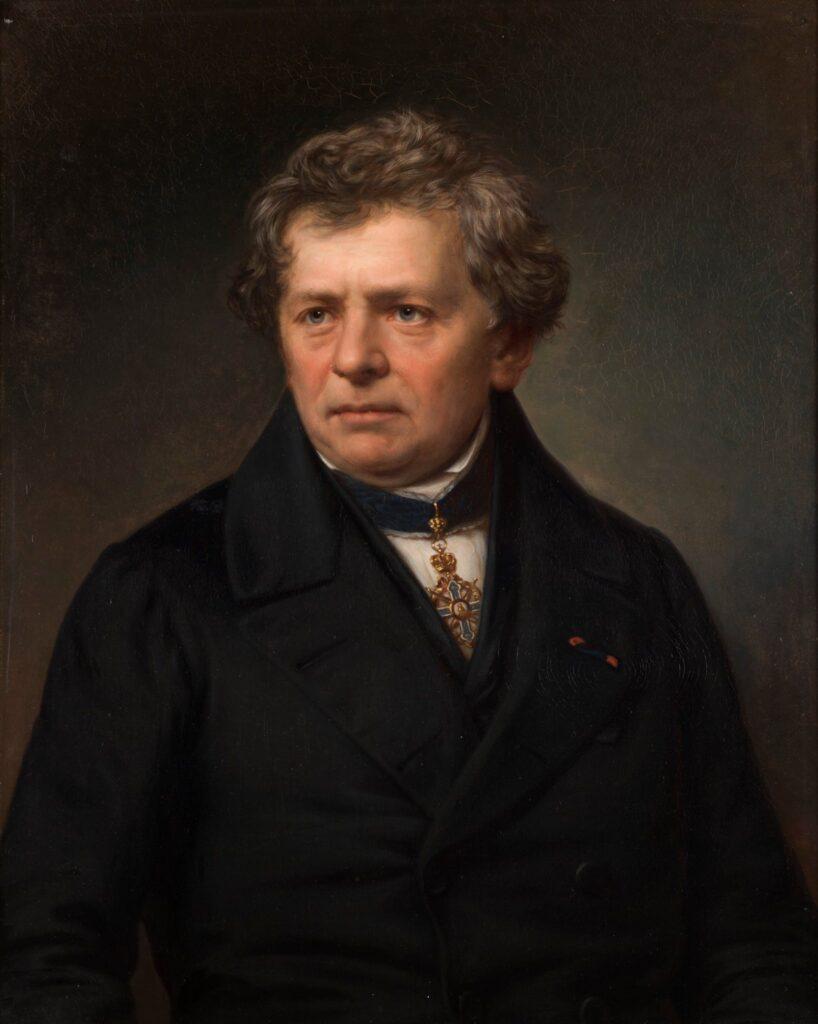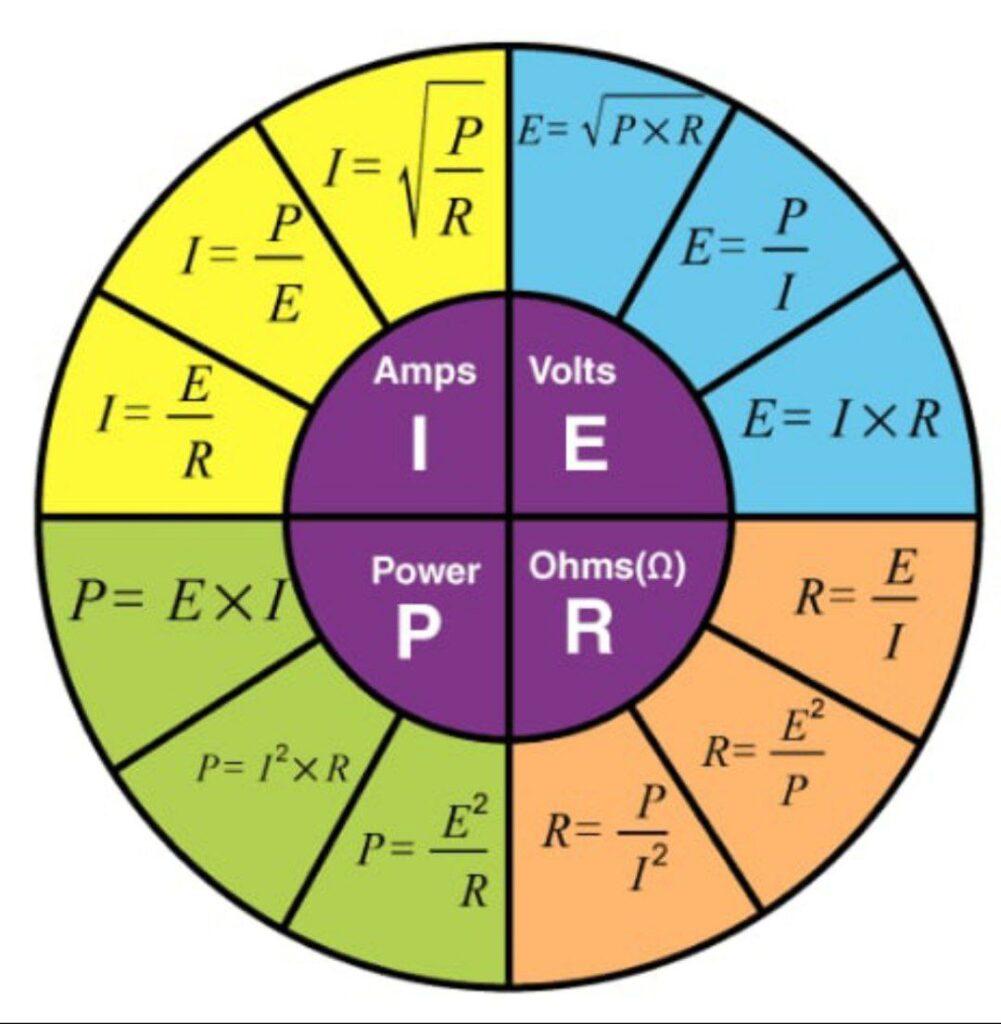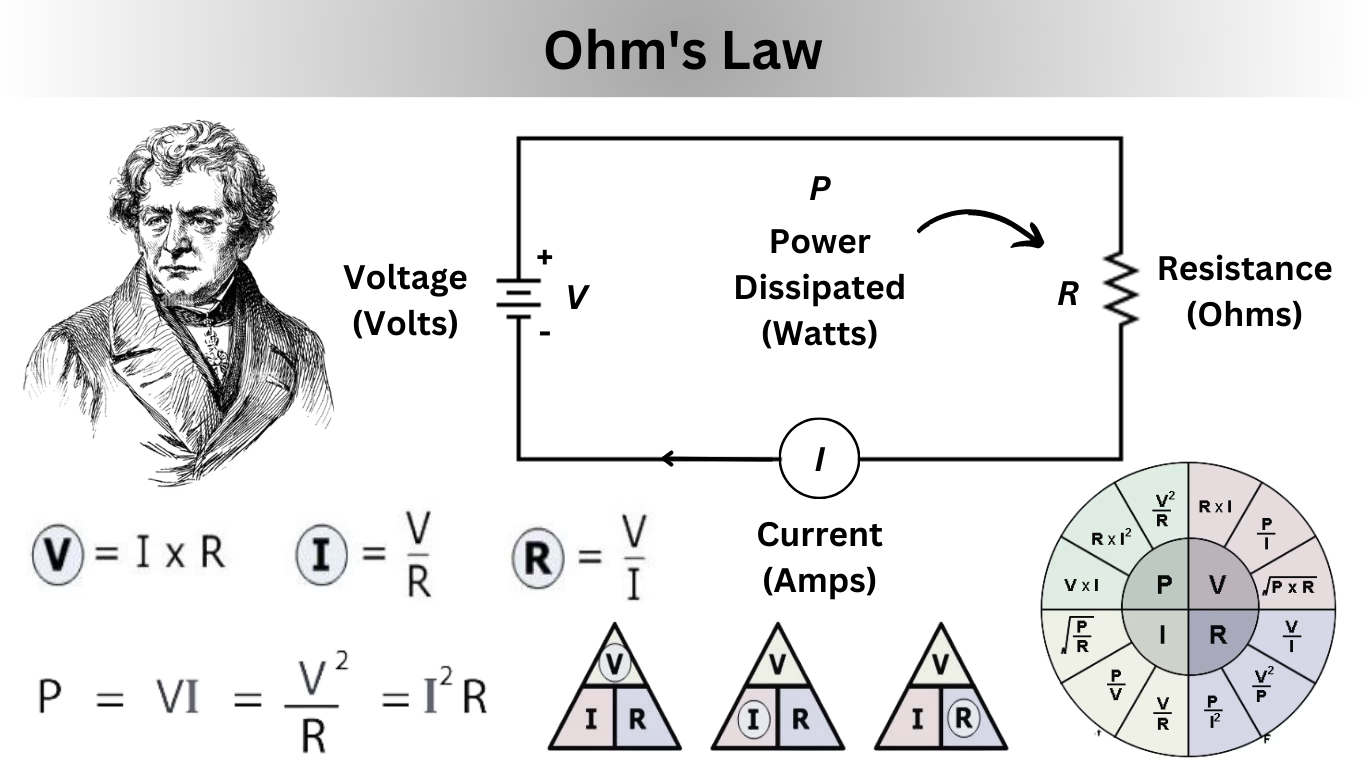Last updated on 2025-11-07 at 11:29 EST (UTC-05:00)
Understanding Ohm’s Law and Power

One of the cornerstones of electrical engineering and electronics is Ohm’s Law. It’s the simple yet powerful relationship that ties together voltage, current, and resistance—and it forms the basis for everything from circuit design to troubleshooting.
The Basics: Ohm’s Law
Ohm’s Law is expressed as:

Where:
- E is voltage in volts,
- I is current in amperes, and
- R is resistance in ohms.
This means that if you know any two of these values, you can calculate the third. The “Ohm’s Law Triangle” (or circle, depending on your preference) is a handy memory tool—cover the unknown quantity, and the relationship between the other two tells you how to solve for it.

Putting It Into Practice
The presentation walks through practical examples:
- 12 V across 96 Ω → current is 0.125 A.
- 1.5 A through 15 Ω → voltage is 22.5 V.
- 550 mV across 0.1 A → resistance is 5.5 Ω.
- 200 mA through 2.5 kΩ → voltage is 500 V.
These worked problems highlight the importance of careful unit conversion—millivolts, milliamps, and kilohms need to be translated into base units to avoid errors.
Series and Parallel Resistors

The presentation also digs into combining resistances:
- Series circuits: resistances simply add together. Current is the same everywhere, but the voltage divides across each resistor.
- Parallel circuits: resistances combine using reciprocals, and the total is always less than the smallest branch resistor. Voltage across each branch is the same, while current divides according to resistance.
Worked examples show how to calculate total resistance, individual currents, and voltage drops in both series and parallel networks.
Power in Electrical Circuits
Beyond voltage and current, we need to understand power, which is the rate at which energy is converted into work. In electrical terms:
P = E × I = E² / R = I² × R
This is where the mnemonic PIE (Power = I × E) comes in handy. The unit of power is the watt, equal to one joule per second.
Examples demonstrate that whether you start with voltage and resistance, or current and resistance, the result is the same: a 12 V source across a 50 Ω resistor dissipates 2.88 W of power, no matter which formula you use.
Practical Considerations
Resistors aren’t just about resistance—they also have power ratings. Exceeding the rated wattage leads to overheating and failure. As a general rule, always design with a 50–100% safety margin.
The presentation also explores how power ratings are applied in series and parallel circuits, reinforcing the importance of checking each component’s limits before applying a load to a circuit.
Wrapping Up

The review questions at the end drive home the fundamentals:
- Higher wattage bulbs consume energy faster.
- Open circuits have no current.
- Watts come from volts multiplied by amps.
- Resistance equals voltage divided by current.
Ohm’s Law and the concept of power are simple tools, but they’re the foundation of every circuit we build, test, or repair. Whether you’re a student learning the basics or a professional brushing up, getting comfortable with these relationships is essential.


Leave a Reply